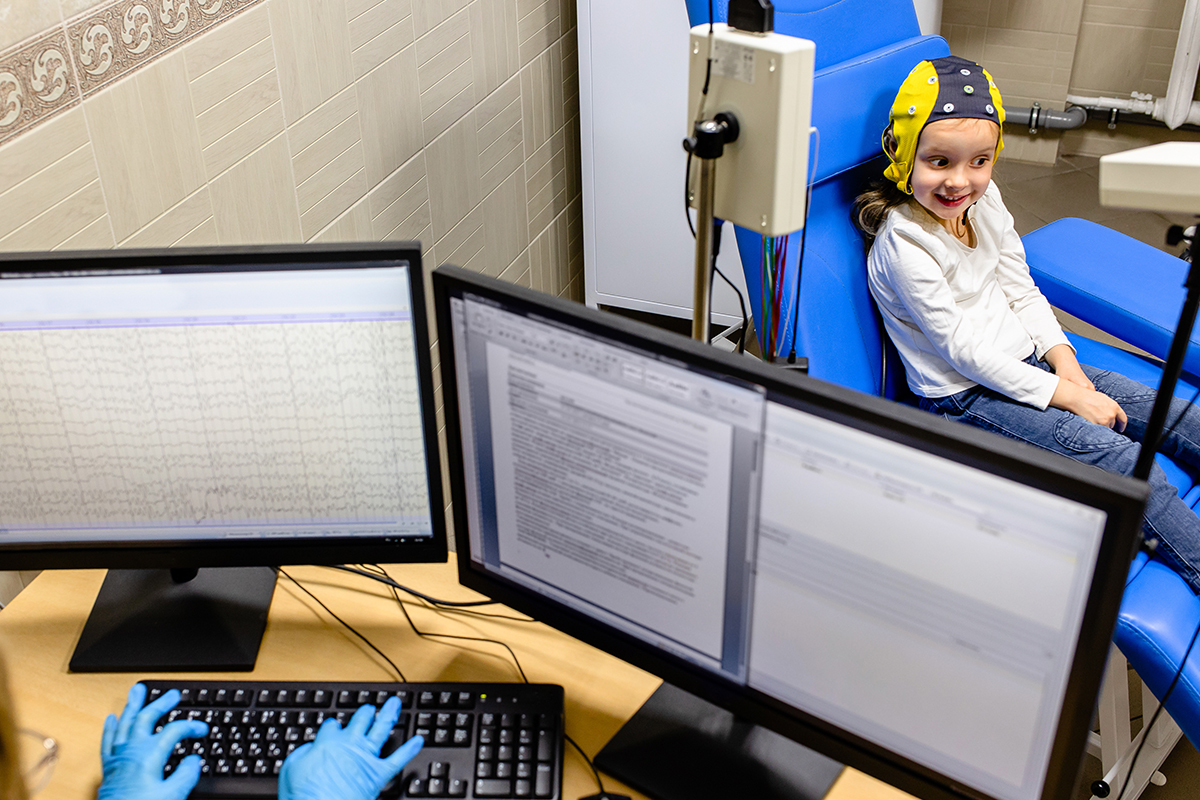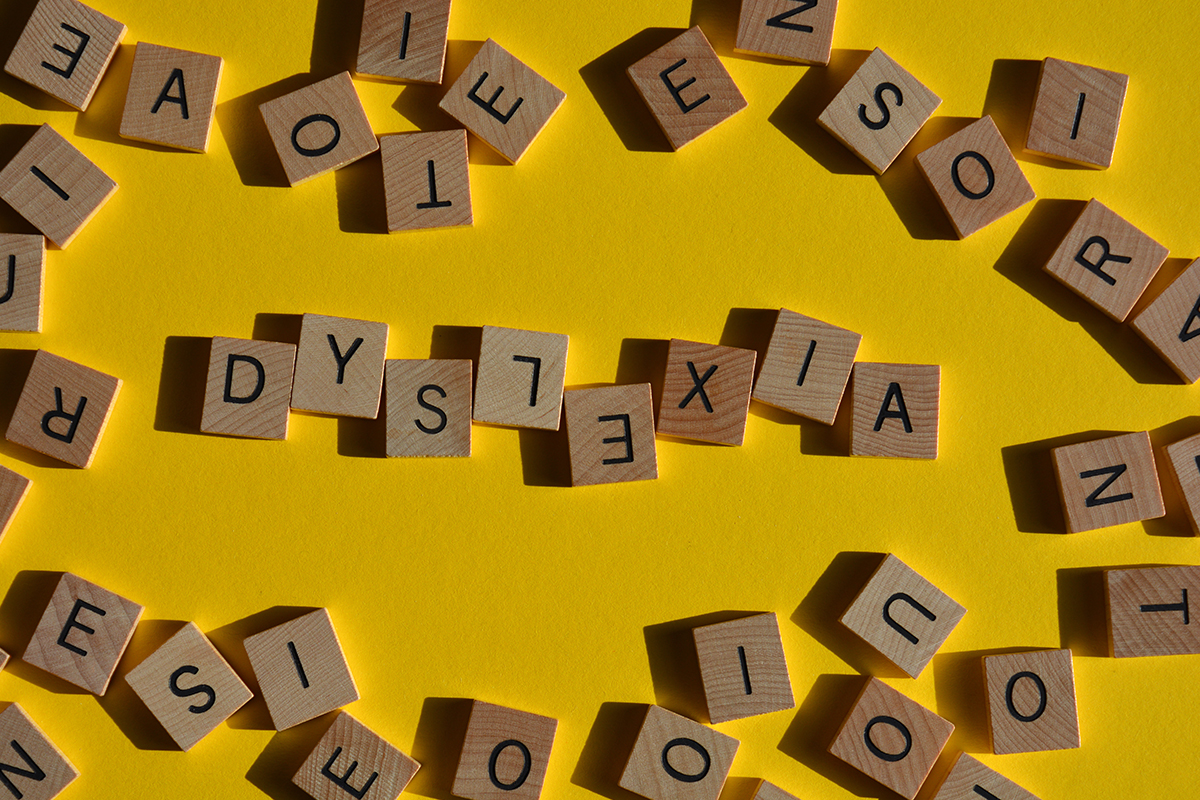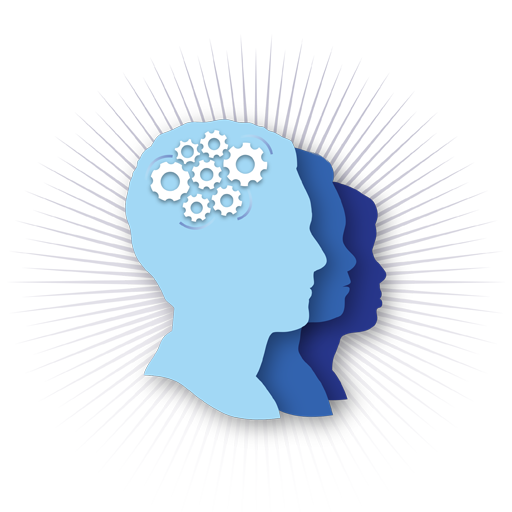
Neurofeedback: Science or Shamanistic Ritual?
Neurofeedback: Science or Shamanistic Ritual?
By Ari Goldstein, Ph.D.
The human brain is a fascinating organ that constantly seeks to improve itself. The capacity of the brain to grow and develop in response to environmental stimuli is magnificent. From trepanation to phrenology, behaviorism to psychoanalysis, man has sought to better understand this splendid organ. As we begin the 21st century, our knowledge of the brain continues to grow and develop at a rapid pace. Technology allows us to understand and improve how the brain functions in manners never before thought to be possible. One of the ways current science allows us to understand how the brain functions is through analysis and normalization of the electrical patterns created by the brain. The process of reading and analyzing the brain’s electrical patterns is known as a Quantitative EEG. The data provided through this process helps individuals and their clinicians understand how their brain is functioning and processing information, thereby allowing for much more targeted clinical interventions.
When I was a psychology student in College, we were taught that the brain does not grow much in adulthood. As the understanding of the brain and neuronal functioning has increased, we now know that the brain is highly capable of adapting and growing even into old age if given the right stimulus. The process of EEG Neurofeedback involves teaching the brain to grow and develop more efficient patterns of functioning. Through a series of games and activities played while connecting their brain to the computer, individuals learn to better self-regulate and improve the efficiency of their brain function.
I was first introduced to EEG Neurofeedback by Dr. Sam Effarah, and my thinking around learning and the brain changed dramatically. I was able to very clearly see quantitative data on how the brain was functioning, and saw how we could gain an amazing amount of very functional and actionable knowledge from a Quantitative EEG assessment. I also began to see the tremendous value in teaching people to regulate their own functioning through neurofeedback in a much more meaningful and lasting way. Clinicians could very clearly see patterns in the brains of individuals diagnosed with ADD/ADHD, learning disabilities, anxiety, depression, and autistic spectrum disorders that were different from the average brain. Often times, the frontal lobe of the brain in individuals with attention difficulties has far too much of the slow wave known as “Theta”. This can cause a state of cognition known in scientific terms as “La La Land”. A fast spindly wave known as “High-Beta” was often seen throughout the brain of those with hyperactivity and anxiety. Disconnections between areas of the brain that process auditory and visual stimulus often become apparent through the Quantitative EEG in those diagnosed with learning disabilities.
When we began using EEG data to drive some of the work we do at Cognitive Solutions, the level of skepticism among our colleagues and patients was high. It was almost as if we were practicing some form of shamanistic ritual to help people. As time went on, more and more people began to try it out. We had patients referred to us with a range of symptoms, including attention disorders, learning disabilities, anxiety, depression, and autism spectrum disorders. Most patients reported improvement in a range of symptoms after completing only a few sessions. Some took more time to see improvement, but those who stuck with it generally reported significant improvement in their functioning over time.
The research on Neurofeedback is strong (isnr.org). While detractors would note the lack of double blind studies, a host of solid research studies into neurofeedback show quantifiable evidence of improvement for a range of brain based dysfunctions. Anecdotal cases can be found all over the world for individuals who have seen improvement for a range of symptoms affecting their daily functioning. The American Psychological Association has consistently given higher and higher efficacy marks to this treatment as more and more solid research has been conducted.
At Cognitive Solutions Learning Center in Chicago, we have worked with thousands of patients using neurofeedback over the past fifteen years. Most have seen tremendous benefits in quality of life as a result of this treatment. As I have watched the science catch up to what I have seen personally in our clinic, I am glad to have discovered this amazing intervention tool. From shamanistic ritual to true science, it appears that neurofeedback is a viable and drug free option for many patients to treat a range of brain based symptoms.

Adult Dyslexia Help in Chicago
Adult Dyslexia
Cognitive Solutions Learning Center-Chicago, Il.
Dyslexia is a language based learning disability whose symptoms can cause an array of difficulties. The primary difficulty experienced by those with dyslexia is word recognition. In these individuals, the brain sees words differently than a non-dyslexic brain. Reading fluency, spelling, and writing are often problem areas for a dyslexic person. Sometimes, these issue are undiagnosed during early childhood. However, as education progresses and more grammar is introduced, reading and writing become more difficult.
People suffering from dyslexia may also have difficulty with spoken language and clearly understanding what others are saying. These issues may be difficult to recognize, however it is important that they are identified as they can lead to significant difficulty in school and the workplace.
Sadly, dyslexia can also affect the way individuals feel about themselves. Dyslexic people often report feeling “dumb”.
Dyslexia is a neurobiological disorder, meaning certain regions of the brain are not processing information correctly. It is important to note that having dyslexia does not mean that one is less intelligent than other people. It simply means the individual requires different teaching methods than other people.
Adults with dyslexia are often spatially talented and excel in professions such as engineering, architecture, design, artistic endeavors, mathematics, and medical work. However, they often struggle with time management, planning, and organization. ¬
There is no cure for dyslexia. However, with a proper testing and diagnosis followed by hard work and support from family, teachers, and friends, an individual diagnosed with dyslexia can be highly successful in schooling and later on in the workplace. Read more about Dyslexia Testing and Dyslexia Tutoring at Cognitive Solutions in Chicago:
Learning Disability Testing and Assessments
Dyslexia Tutoring
If you feel you or your child may suffer from dyslexia contact Cognitive Solutions Learning Center in Chicago at (773)755-1775, or visit us online at www.helpforld.com, to discuss our Dyslexia testing and tutoring services.
Learn More
